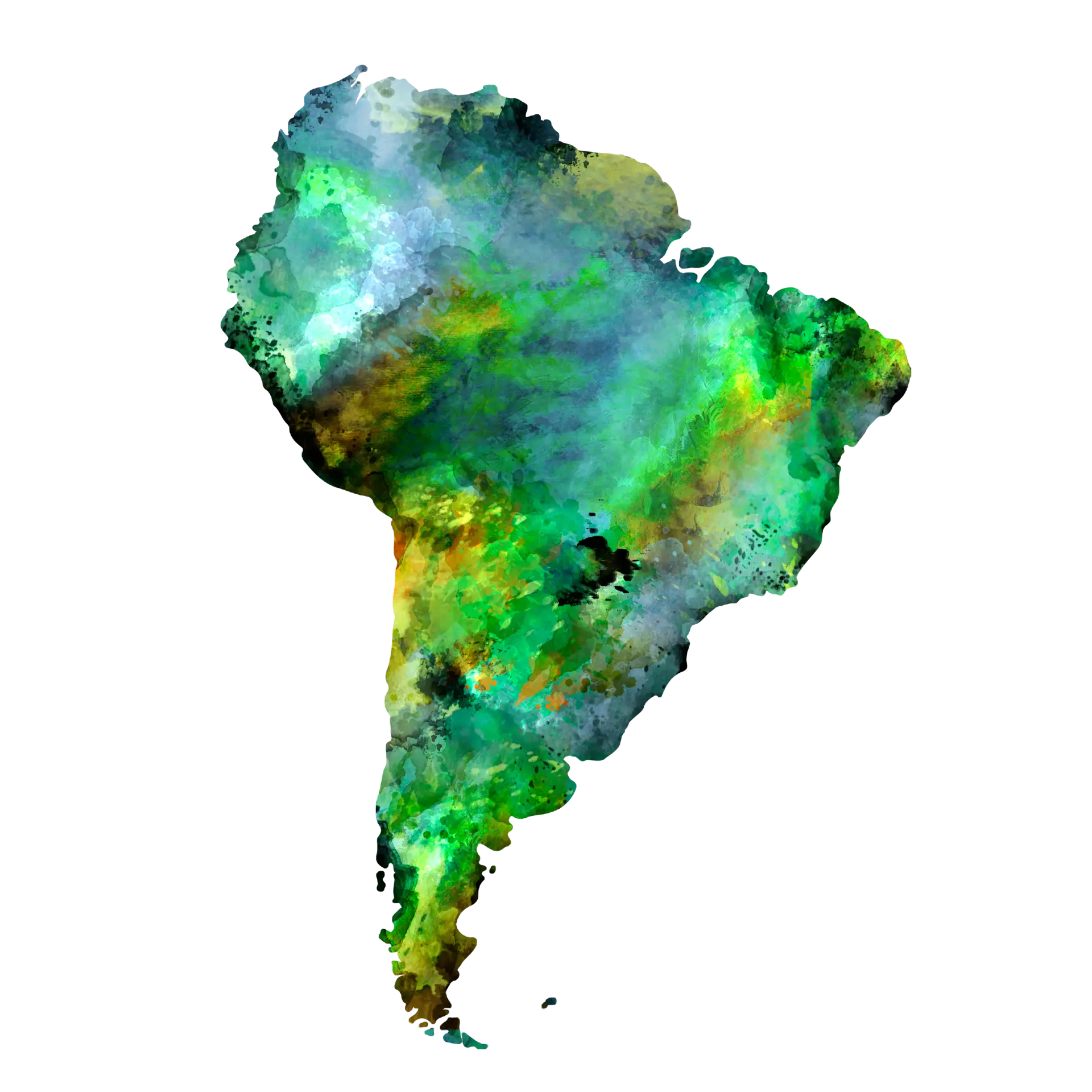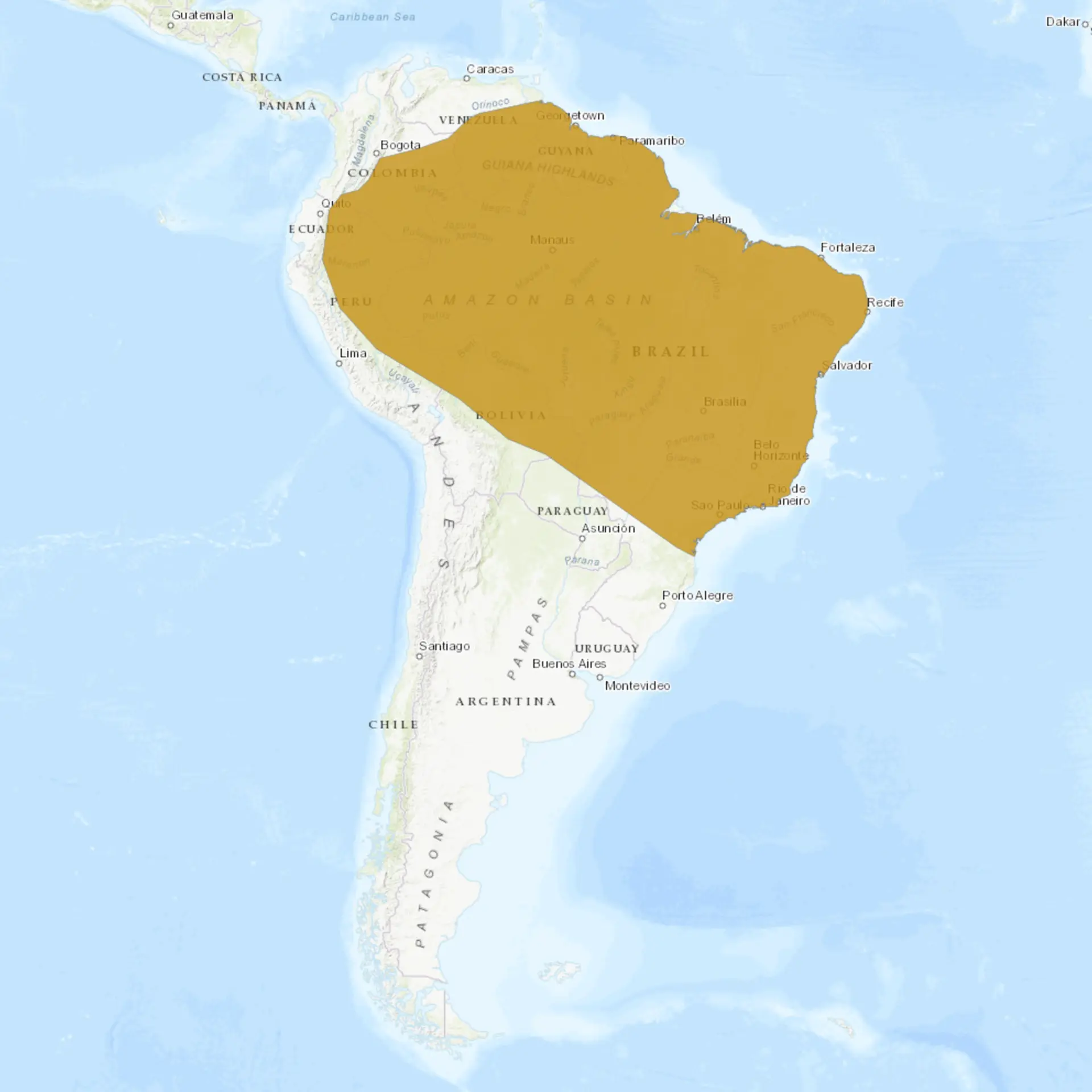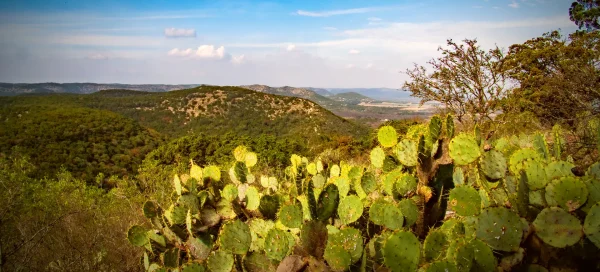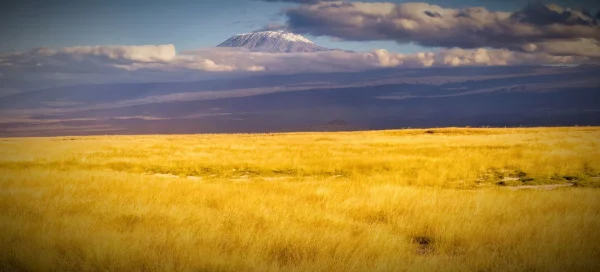Overview
The Amazon Tree Boa or Garden Tree Boa, scientifically named Corallus hortulanus, is a non-venomous arboreal snake native to South America, particularly widespread in the Amazon rainforest. This species is known for its striking appearance and considerable variation in color and pattern. Individuals may range from bright orange, red, and yellow to brown and black, often with contrasting patterns that provide camouflage in their tree-dwelling lifestyle. The Amazon Tree Boa is characterized by its slender body, long prehensile tail, and distinctively large eyes, which are adaptations for its nocturnal and arboreal habits.
Inhabiting tropical rainforests, the Amazon Tree Boa is adept at climbing and spends much of its time in trees and shrubs. It preys primarily on small mammals and birds, which it captures through ambush, using its excellent camouflage to remain undetected. The snake is known for its aggressive demeanor when threatened, often striking with a mouth wide open. Despite this, it is a popular species in the pet trade due to its striking appearance and adaptability in captivity.
The Amazon Tree Boa’s reproductive behavior is ovoviviparous, giving birth to live young rather than laying eggs. This species plays an important role in its ecosystem, controlling rodent and bird populations and serving as a food source for larger predators. Conservation concerns for the Amazon Tree Boa are primarily habitat destruction and capture for the pet trade, making habitat protection and sustainable trade practices crucial for its preservation.
Current distribution:
The Amazon tree boa is widely distributed throughout the Amazon Basin, including Brazil, Colombia, Peru, Ecuador, Venezuela, and the Guianas. Its range extends into parts of Bolivia and may overlap with similar species in other areas of tropical South America. This species is common in suitable habitats within its range and is not considered threatened on a broad scale. However, habitat destruction and deforestation may be at risk for localized populations.
The snake's ability to adapt to various habitats, including disturbed areas, has allowed it to maintain stable populations in many parts of its range. It is often found near human settlements, particularly with dense vegetation and abundant prey. Despite its adaptability, continued deforestation threatens its habitat, particularly in regions experiencing rapid agricultural expansion. Conservation efforts aimed at preserving the Amazon rainforest are crucial for ensuring the survival of this species in the wild.
Physical Description:
The Amazon Tree Boa is notable for its striking and variable physical appearance. The snake’s body is slender and well-muscled, adapted for an arboreal lifestyle, with a length typically ranging from 5 to 6.5 feet (1.5 to 2 meters). The coloration varies widely among individuals, with some displaying vivid orange, red, or yellow hues, while others may be brown, black, or greenish, often with contrasting patterns. These color variations provide excellent camouflage in the rainforest canopy.
One of the most distinctive features of the Amazon Tree Boa is its large eyes with vertical pupils, an adaptation for its nocturnal hunting behavior. The snake’s head is slightly distinct from the neck, and its long, prehensile tail aids in grasping and maneuvering among branches. The scales of the Amazon Tree Boa are smooth, adding to its streamlined appearance. This combination of physical traits makes the Amazon Tree Boa a highly specialized and visually striking inhabitant of the rainforest.

Lifespan: Wild: ~15 years || Captivity: ~20 years

Weight: Male: 1.1-1.8 lbs (500-800 g) || Female: 1.1-2.2 lbs (500-1000 g)

Length: Male: 39-78 in (100-200 cm) || Female: 39-78 in (100-200 cm)
Characteristic:
Native Habitat:
The Amazon Tree Boa is native to South America, particularly thriving in the Amazon rainforest. Its habitat includes tropical rainforests, riverine forests, and occasionally plantations or gardens near human habitations. The species prefers dense vegetation, providing ample opportunities for camouflage, hunting, and shelter. The arboreal nature of the Amazon Tree Boa means it spends most of its time in trees and shrubs, rarely descending to the ground.
Preserving the Amazon rainforest and other native habitats is crucial for the survival of this species. Deforestation, agriculture, and urban development threaten the Amazon Tree Boa’s habitat. Conservation efforts must focus on protecting these crucial ecosystems to ensure the continued survival of the Amazon Tree Boa and the myriad of other species that inhabit these areas.
Biomes:
WWF Biomes:
Biogeographical Realms:
Continents:
Diet:
Diet & Feeding Habits:
The Amazon Tree Boa is a carnivorous predator that primarily feeds on small mammals, birds, and occasionally lizards. It employs an ambush strategy, lying in wait for prey and striking rapidly to capture it. The snake’s coloration and arboreal habits make it an effective predator, able to remain undetected until it strikes. The Amazon Tree Boa constricts its prey, suffocating it before consumption.
In captivity, their diet consists mainly of rodents and occasionally small birds, which the snake’s size and age should provide. Proper feeding is crucial for the health and well-being of captive Amazon Tree Boas. The species’ feeding habits in the wild reflect its role as a natural controller of rodent and bird populations, contributing to the ecological balance of its rainforest habitat.
Mating Behavior:
Mating Description:
The Amazon Tree Boa’s mating behavior typically involves males competing for access to females during the breeding season. Courtship and mating occur in trees, with males using chemical cues to locate receptive females. After mating, the female gives birth to live young, as the species is ovoviviparous. The number of offspring can vary, with litters usually consisting of several young.
The reproductive cycle of the Amazon Tree Boa is not fully understood, but it is believed that females may not reproduce every year. The birth of live young is an adaptation to their arboreal lifestyle, eliminating the need for a terrestrial nest. Understanding the reproductive behavior of this species is important for its conservation, especially in managing populations in captivity. Protecting the natural habitats of the Amazon Tree Boa is also crucial for ensuring successful breeding in the wild.
Reproduction Season:
Birth Type:
Pregnancy Duration:
Female Name:
Male Name:
Baby Name:
Social Structure Description:
The Amazon Tree Boa is primarily a solitary animal, with individuals typically interacting only during the breeding season. They are territorial and may exhibit aggressive behavior when threatened or during other encounters. Understanding the social behavior of the Amazon Tree Boa is important for its management, especially in captive settings where interactions with other snakes or humans may occur.
In the wild, their solitary nature is reflected in their hunting and nesting habits, with each individual occupying a distinct territory. Care must be taken in captivity to provide adequate space and environmental enrichment to mimic their natural lifestyle and reduce stress. Studying their social behavior in wild and captive settings can provide insights into their ecological needs and natural behaviors.
Groups:
Conservation Status:
Population Trend:
The Amazon Tree Boa is currently listed as Least Concern on the IUCN Redlist, suggesting that it is not considered at immediate risk of extinction. However, it faces habitat destruction and fragmentation threats like many rainforest species. The species is relatively common in the pet trade, which can impact wild populations if not managed sustainably. Conservation efforts should focus on habitat protection and ensuring that trade practices do not negatively affect wild populations.
The Amazon Tree Boa’s adaptability to different rainforest environments has helped it maintain stable populations in much of its range. However, ongoing habitat destruction and climate change threaten its survival. Monitoring wild populations and habitat conservation efforts are essential for the long-term preservation of the Amazon Tree Boa.
Population Threats:
The primary threats to the Amazon Tree Boa include habitat destruction due to deforestation, agriculture, and urbanization. These activities lead to the loss of crucial rainforest habitat, reducing available space and resources for the species. Additionally, capture for the pet trade, if not regulated, can significantly impact wild populations. Climate change is also a concern, as it can alter the ecological balance of rainforests and affect the availability of prey and suitable habitats.
Efforts to mitigate these threats must include sustainable land use practices, habitat conservation, and regulation of the pet trade. Raising awareness about the ecological importance of the Amazon Tree Boa and promoting responsible pet ownership are also key components of conservation strategies. Collaborative efforts involving local communities, governments, and conservation organizations are crucial for protecting the Amazon Tree Boa and its habitat.
Conservation Efforts:
Conservation efforts for the Amazon Tree Boa focus on preserving its rainforest habitat. This includes promoting sustainable forestry practices, establishing protected areas, and restoring degraded habitats. Regulation and monitoring of the pet trade are also important to ensure it does not negatively impact wild populations. Captive breeding programs can play a role in conservation by reducing the demand for wild-caught individuals and providing opportunities for research and education.
Educational programs and community involvement are vital for raising awareness about the importance of the Amazon Tree Boa and the threats it faces. Research on the species’ ecology, behavior, and habitat requirements is essential for informing conservation strategies. International cooperation is important for addressing the challenges faced by this species across its range. A combination of habitat conservation, sustainable trade practices, and public engagement is key to successfully conserving the Amazon Tree Boa.
Additional Resources:
Fun Facts
- The Amazon Tree Boa is known for its striking color variation, ranging from vibrant oranges and reds to more subdued browns and blacks.
- Their large eyes with vertical pupils are adapted for their nocturnal lifestyle, enhancing their ability to see in low light conditions.
- Amazon Tree Boas are skilled climbers, using their prehensile tails to grasp branches as they move through the rainforest canopy.
- They are known for their defensive behavior, often striking with an open mouth when threatened.
- The Amazon Tree Boa is prized in the pet trade for its beautiful coloration and unique appearance.
- Their diet of small mammals and birds helps control populations of these animals in their ecosystems.
- The species’ ability to give birth to live young is an adaptation to their arboreal habitat, eliminating the need for a terrestrial nest.
- With proper care, Amazon Tree Boas can live up to 20 years in captivity.
- They play an important role in the biodiversity of South American rainforests.
- Conservation efforts for the Amazon Tree Boa contribute to the broader preservation of tropical rainforest ecosystems.














